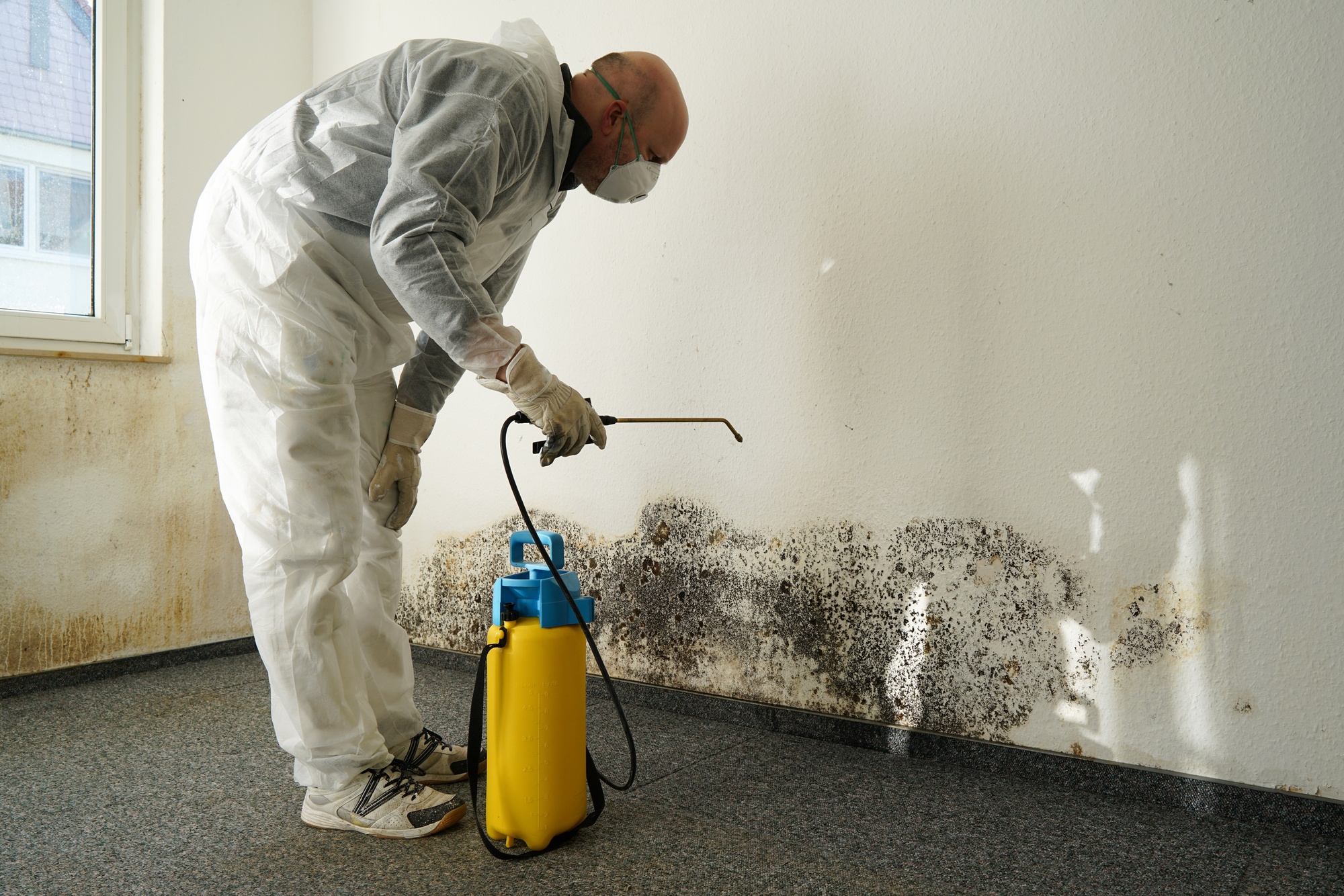Too often, the engine builder focuses only on selecting the right components, determining clearances, intake and exhaust volume and flow, surface finishes, and precision assembly. Threaded fasteners are often taken for granted. We’ll discuss studs, bolts, and their handling, the most important engine components.
Studs
When available, engine studs are preferred over main cap bolts for performance or heavy-duty applications. Studs provide more accurate torque values than bolts because they don’t twist. Because the studs remain stationary during nut tightening, they stretch in one axis only, providing more accurate clamping forces. Because studs reduce wear on the block’s threads, they last longer during servicing/rebuilding. This is crucial for alloy blocks. Studs help install and align main caps. Studs remain stationary during cap clamping, reducing the main cap walking.
Installing Cap Studs
Clean the block, caps, and studs before installation. Any debris on the threads can cause incorrect torque wrench readings.
To ensure clean, uniform female threaded holes, chase the block. Never use a cutting tap because it cuts, shaves, and removes thread material, reducing thread strength. Use thread chasing taps, which “form” rather than cut threads. Calibrate your torque wrench. Torque wrenches should be calibrated annually (more frequently for heavy use). Even new torque wrenches may be off by 10 ft.-lbs.
Consistently tighten. Don’t turn some nuts faster than others. Slowly “creep” toward the target value. Quick-banging a ratcheting click-type torque wrench can result in inaccurate values.
Chemically adhering the studs to the block threads locks them in place for future servicing. Heat will break down the compound for future stud removal. If a locking compound is used, install the main cap before it sets to avoid misaligned studs. Before the thread compound hardens, install the cap and tighten the nuts. This allows stud-to-block thread to preload before the compound hardens.
Cylinder Head Studs
Again, studs are preferred over bolts, as with main studs. Studs may not be the best choice for cylinder head service on a street engine or when the heads are difficult or impossible to remove. If a master cylinder or other component prevents removing or installing a cylinder head with the engine mounted, bolts may be more practical. If possible, studs provide a better assembly.
Head studs help with cylinder head alignment and gasket installation. This is helpful when removing heads frequently.
Installing Head Studs
For accurate torque readings, clean the block and stud threads. Important!
In many applications with cylinder threaded holes open to water jackets, the lower (block end) stud threads must be sealed. Unless you’re sure the holes are watertight, seal them. It’s harmless. As with main cap studs, you can use a locking compound to “permanently” install the studs. If you want to chemically “lock” head studs, don’t use an anaerobic compound because it expands as it cures. Depending on cylinder wall thickness, this can cause cracks (as the compound expands and places pressure against the back of the wall).
Studs have installation advantages over bolts. Studs align gaskets, engine covers, etc. ARP offers studs with “bullet” noses, which have a smaller diameter bare tip. This allows the nut to be dropped into place before thread engagement. Carburetor, distributor, header, and oil pan studs are examples. Instead of holding a gasket or part while fumbling with bolts, drop it over studs (so alignment poses no further problems). Once aligned, washers and nuts can be installed without shifting the part or gasket.
Using studs also eliminates the risk of insufficient clamping load from a too-long bolt. The nut clamps the stationary stud.





